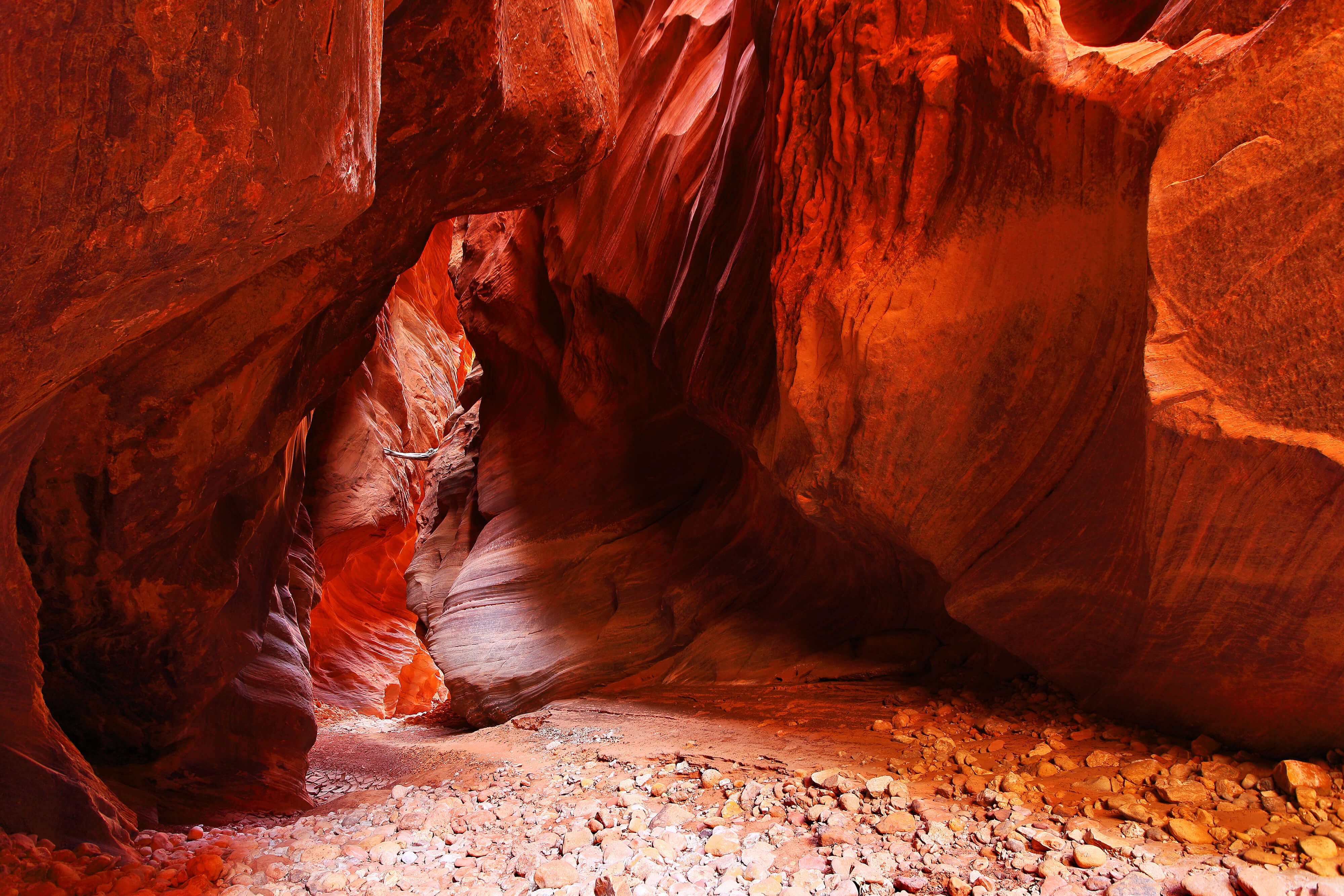Chesler Park and Druid Arch
We arrived at the trailhead with a blanket of grey clouds and a steady drizzle. I had planned this trip as my in laws’ first foray into backpacking. Resolutely sitting in the car and gazing through glass panes at the dank conditions outside dampened my high hopes for a perfect adventure. Sunshine wasn’t in the cards. Resigned to our eventual saturation, we strapped on packs and trudged out through the falling rain.

As we passed Elephant Hill, the first phalanx of sandstone needles edged into view. Each at least 100 feet high, the needles hunched together like uncomfortable giants in the mist. An already otherworldly landscape was rendered more alien by reduced visibility and a dull, rain-slicked gleam. The strange beauty quickly vaporized my concerns about weather.
We hiked for three hours through steady rain. We forded rushing streams that would cease to exist in less than a day’s time. We passed under waterfalls and climbed tier after tier of dripping Navajo Sandstone. Upon reaching Chesler Park, I think we all felt a bit hypothermic. Fires aren’t allowed in the park boundaries, so I tried to warm my hands by huddling over our 3 oz. canister stove. My two sisters-in-law joined in the fruitless exercise. Overall though, spirits were lifting. It was impossible to remain gloomy amidst such an awe-inspiring scenery. Finally the clouds broke–just in time for a spectacular sunset. We set out to explore the park with our remaining light and discovered yet another unforeseen advantage of the rain: we had the whole place to ourselves.


The next day we rose early in order to see Druid Arch before breaking camp and departing. We hiked all morning through Elephant Canyon before scrambling up the final ascent to the Druid Arch viewpoint. It may not be the largest arch in Utah–not by a long shot. But when you’re standing there with your neck craned back, it might as well be. The huge mass of rock dwarfs the surrounding canyon walls.
Getting There
Follow US Highway 191 about 37 miles south of Moab. Turn west onto Utah Highway 211 and follow it for roughly 35 miles until you reach the Canyonlands National Park visitor center. Highway 211 is the only paved road that leads into and out of the Needles District. Check in at the visitor center and pick up backcountry permits, if necessary. Continue along the road past Squaw Flat Campground, until it dead-ends at the Elephant Hill Trailhead, almost 40 miles from the Highway 211 turnoff.
Permits are required for overnight camping anywhere within the Park’s backcountry. Visit the Canyonlands National Park website for details. During the spring and fall, permits should be requested at least a month in advance in order to get a spot. While hiking in the Park, remember to stay on trails so you don’t damage the fragile cryptobiotic crust.

 Next Post
Next Post


